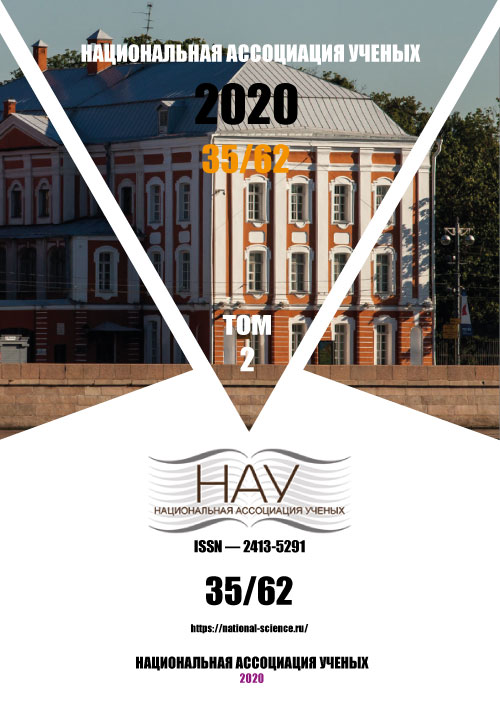THE PROBLEM OF DEVELOPMENT OF THE PUBLIC EDUCATION SECTOR IN YELABUGA UYEZD OF VYATKA PROVINCE IN THE EARLY XX CENTURY
Keywords:
Vyatka province, Elabuga County Zemstvo, public education, I. N. KibardinAbstract
The article considers the activity of the Yelabuga district Zemstvo of the Vyatka province in the field of public education in 1905-1908. Specific reasons for the decline and subsequent qualitative growth of school business in the district are identified, and the impact of the First Russian revolution and the Zemstvo financial crisis on the development of the industry is determined.
References
Балыбердин Ю. А. Общественно-политическая жизнь в Вятско-Камском регионе в начале XX века (1900−1914 гг.): дис. … д-ра ист. наук. – М., 2008.
Валеева Н. Г. Елабужское земство и Россия: Гуманно-просветительская деятельность Елабужского земства (1867–1917). – М.: Аграф, 2002.
Веселовский Б. Б. История земства за 40 лет. В 4 т. – СПб., 1911. – Т. 4.
Вятский вестник. – 1907. – № 170.
Вятский край. – 1907. – № 36.
Вятский край. – 1907. – № 91.
Вятский край. – 1907. – № 153.
ГАКО (Государственный архив Кировской области). – Ф. 587. – Оп. 11. – Д. 49. 9. ГАКО. – Ф. 587. – Оп. 14. – Д. 219.
ГАКО. – Ф. 714. – Оп. 1. – Д. 459.
Голубев В. С. По земским вопросам 1901– 1911г.г: В 2 т. – Спб.: 1914. – Т.2.
Красев А. А. Начальные народные училища Вятской губернии. 1786 – 1898 гг. – Вятка, 1900.
ХХХХ очередное Елабужское уездное земское собрание 15−24 октября 1906 г. – Елабуга: Печатня И. Н. Кибардина, 1907.
ХLI очередное Елабужское уездное земское собрание 5−13 октября 1907 г. – Елабуга: Печатня И. Н. Кибардина, 1908.
ХХХХII очередное Елабужское уездное земское собрание 26 сентября – 7 октября 1908 г. – Елабуга: Печатня И. Н. Кибардина, 1909.
ХХХХIII очередное Елабужское уездное земское собрание 30 сентября − 11 октября 1909 г. – Елабуга: Печатня И. Н. Кибардина, 1910.
Downloads
Published
Issue
Section
License

This work is licensed under a Creative Commons Attribution-NoDerivatives 4.0 International License.
CC BY-ND
A work licensed in this way allows the following:
1. The freedom to use and perform the work: The licensee must be allowed to make any use, private or public, of the work.
2. The freedom to study the work and apply the information: The licensee must be allowed to examine the work and to use the knowledge gained from the work in any way. The license may not, for example, restrict "reverse engineering."
2. The freedom to redistribute copies: Copies may be sold, swapped or given away for free, in the same form as the original.





